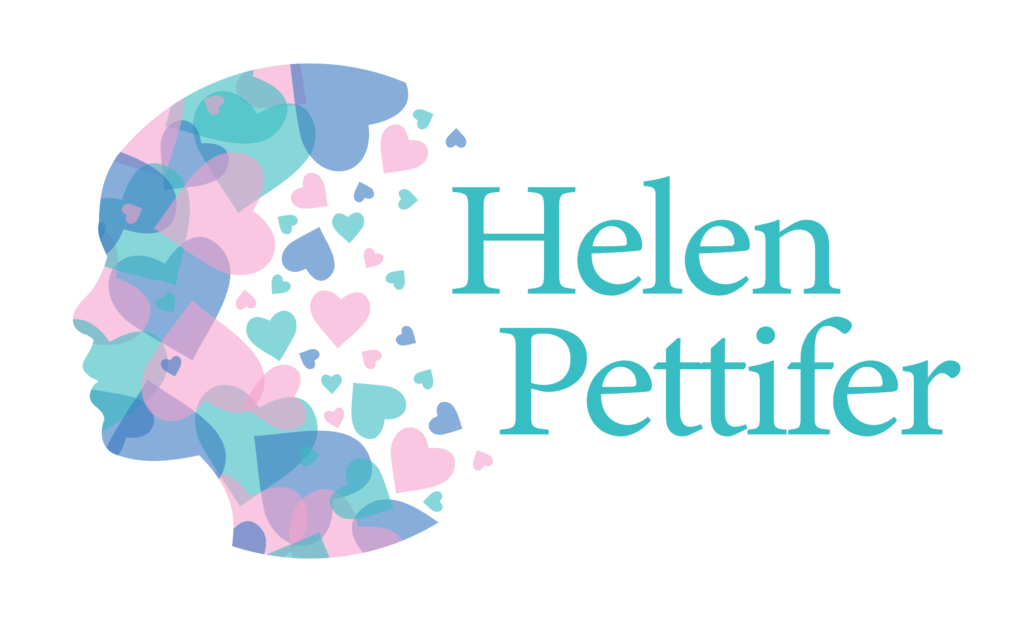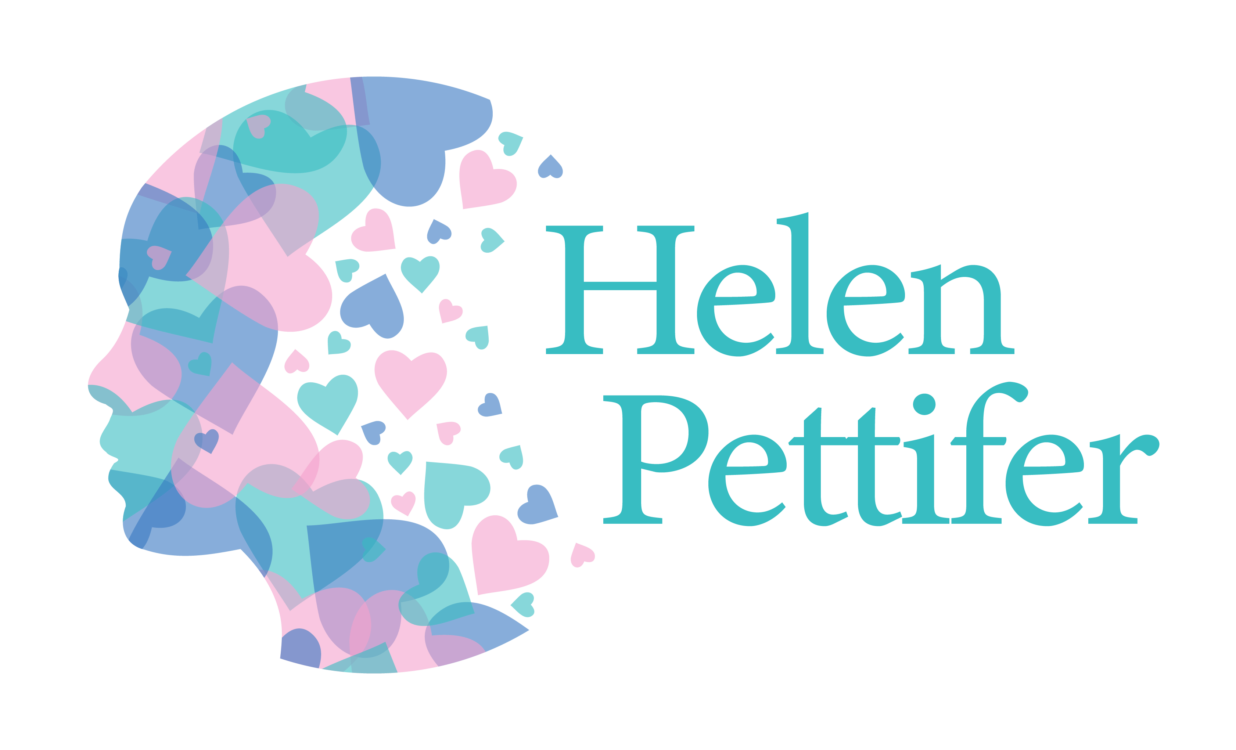World Braille Day
4th January is World Braille Day, and it commemorates the birth of Louis Braille.
As a lover of history, avidly discovering the when and why of our past, I felt drawn to delve further into the development of one of the world’s well-known codes and gain a better understanding of how it makes life more accessible for many people.
Braille is a tactile system that helps individuals who are blind or partially sighted to read and write. It is read by feeling the letters and symbols, written using a series of raised dots, with the pads of the fingertips.
I was interested to discover that Braille is not universal and there are different Braille systems for different languages. English Braille, also known as Grade 2 Braille, is the Braille alphabet used for English.
Braille is not classified as a language, but rather a code. A code that allows visually impaired and blind people to communicate without the use of printed text.
My research failed to discover an exact number of UK Braille users, however my findings ranged from between 12,000 to 30,000.
History
Braille has a long history dating back to the early 1800s, and my exploring took me back to the Napoleonic Wars.
In Napoleon Bonaparte’s French army, a man named Charles Barbier devised a unique system known as “night writing” to allow soldiers to communicate safely at night. Barbier, a veteran of the military, witnessed several men being killed because they read combat communications with lamps after dark. Enemy soldiers were able to see the French force’s location due to the lighting provided by the lamps.
Barbier’s “night writing” system used raised dots and dashes within a 12-dot cell; two dots wide by six dots tall. A letter or phonetic sound was represented by each dot or combination of dots within the cell. His system was basic and limited. It omitted letters preventing the exact spelling of words. It also lacked punctuation and symbols required for mathematical communications.
The military eventually rejected it because it was too difficult for soldiers to recognise the letters quickly, efficiently and with one touch of their fingertip.
Louis Braille
Born in France in 1809, Louis Braille was blinded in one eye in an accident when he was three years old. As a result, an infection developed and spread to both eyes, leaving him completely blind.
Despite his blindness, Louis excelled academically and was awarded a scholarship to the Royal Institute for Blind Youth in Paris.
When Louis was 12 years old, he attended a lecture at the school given by Charles Barbier on his ‘Night Writing’ system.
Braille was hooked. He took Barbier’s system and simplified it.
He reduced the number of dots in each cell from 12 to just 6, with each combination of 6 dots arranged in a 3 x 2 matrix. The overall area of the cell was also reduced resulting in the cell being no larger than a fingertip.
The raised dot positions are identified from 1 to 6.
1–2–3 downward on the left-hand column and 4–5–6 downward on the right hand one.
Very much like the sides of dice.
Braille created 63 combinations identifying letters, digits and symbols and a space represented by no dots.
Louis was 15 years old when he developed this initial system.
He spent 9 years developing his system. His intention was that blind people had access to knowledge and could be treated as equals.
Braille is read by moving the fingers or hands from left to right along each line. The reading process usually involves both hands, and the index fingers generally do the reading. The average reading speed is about 125 words per minute.
Braille’s approach was quickly adopted and used by his classmates, but widespread acceptance took time. The school in Paris did not officially adopt the system until 1854, two years after Braille’s death.
Braille was introduced to Britain in 1861 and was eventually adapted to the English language in 1902, but not adopted as the official way for English blind people to communicate until 1918.
Today, Braille allows blind people access to a wide range of reading materials – such as bank statements, contracts and policies, restaurant menus and reading for pleasure.
Through braille, people who are blind can also pursue hobbies, cultural and social interests with materials such as music scores, playing cards, and board games.
With the advancement of technology, users can personally write Braille using specialised equipment and computer software, making it easier and quicker to communicate and foster relationships.
The Precursor to Braille.
Although, my research starts during the Napoleonic war, this was not the first reading/writing code developed.
Valentin Haüy, a Frenchman, was the first to emboss paper as a method of reading for the blind. His relief printing of conventional letters inspired others to create reduced versions, but these are no longer in use, with one exception, The Moon Type.
The Moon Type was designed in 1845 by William Moon of Brighton and keeps the forms of Roman letters while being simple to learn for those who have become blind later in life. This style of book is still in limited usage by the elderly, mainly in the United Kingdom.
What does this mean as a business?
While investigating the history of Braille is useful for learning why and how it was developed, it’s also crucial to recognise its current role in society.
Louis Braille’s vision was to ensure that blind individuals had the same access and rights to knowledge and information as those with full sight. We have a duty to ensure that individuals today have the same access and rights.
One of our legal obligations is the Equality Act 2010.
Individuals are protected from discrimination in the workplace and in society under the Equality Act of 2010. The Act is in place to eliminate discrimination, advance equality of opportunity and foster good relations in society.
Firms have a legal obligation under the Act to make reasonable adjustments (or provide alternatives) to avoid putting people with disabilities at a significant disadvantage compared with those who are not disabled.
When it comes to customers with sensory impairments, firms should be proactively providing information in accessible formats, such as large print, audio, and Braille.
Putting this into practice
You may not have received requests from customers for information to be provided in Braille, however it is your duty to act when a request is received.
Here are my top tips to help you:
- Investigate Braille providers and understand the process so you know where to go when a request is received
- Offer a variety of accessible formats – large print, audio, infographics, videos, Braille
- Let customers know alternatives are available when and if needed
- Train staff on these formats and make them easily accessible for all
- Regularly check in with customers and ask what their preferred communication channel and format is
- Research and increase awareness of Braille and other communication formats and styles
- Share your knowledge with others and help eliminate discrimination and inequality
We have a duty of care to look after our colleagues, customers, and everyone we engage with and make information as accessible as possible for them.
Further References
UKAAF – UK Association for Accessible Formats https://www.ukaaf.org/
RNIB – Royal National Institute of Blind People https://www.rnib.org.uk/practical-help/reading/braille-and-moon-tactile-codes
About the author.

Helen Pettifer FRSA.
Helen Pettifer is Director of Helen Pettifer Training Ltd and a specialist in the fair treatment of vulnerable customers.
She has a background in call centre management and is committed to customer service excellence. Her training ensures front-line staff gain the awareness and resources to confidently identify and respond to signs of vulnerability.
Helen Pettifer is a British Standards Institution (BSI) associate consultant for BS 22458: 2022 Consumer Vulnerability, a Mental Health First Aider, a Suicide First Aider, a Dementia Friend, and a Friends Against Scams Champion. Recognised as a changemaker, she was invited to become a Fellow of the Royal Society of Arts in 2022.


